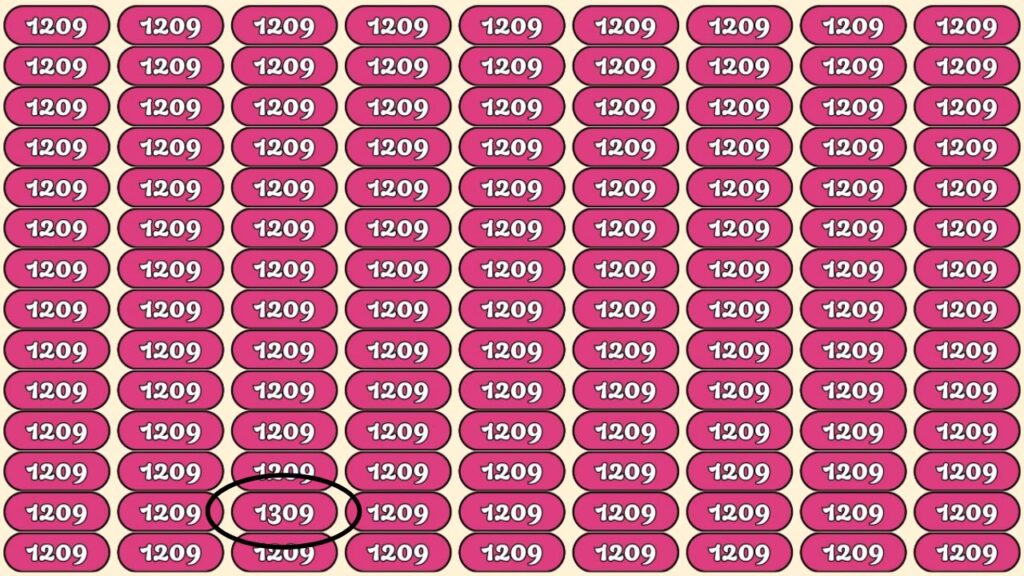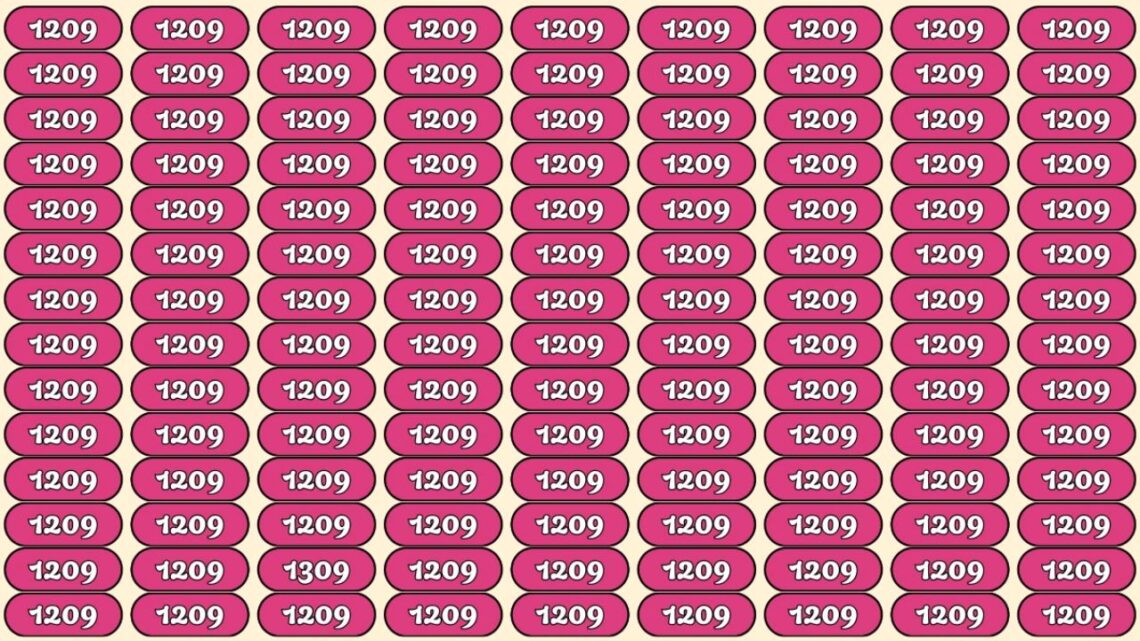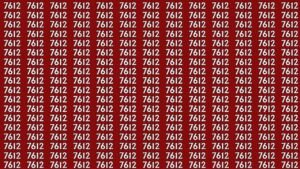Optical illusions are more than just visual tricks. They challenge how fast and accurately our brains can spot details. One of the latest viral tests is the Optical Illusion Puzzle IQ Test, where players must find the number 1309 hidden among dozens of 1209s within just 9 seconds.
At first, it sounds easy, but once you try, you realize how tricky it really is.
This article explores the puzzle, why our brain struggles, how it works, and the benefits of solving such illusions.
Why Optical Illusion Puzzles Fascinate Us
Our brains are built to recognize patterns quickly. This helps in daily life but can make us overlook small changes. Optical illusions take advantage of this by hiding subtle differences within repetitive designs.
When you see rows of nearly identical numbers, your brain assumes they’re the same, skipping over small variations. That’s why optical illusion puzzles aren’t just fun—they’re also great exercises for improving focus and observation skills.
The 1309 vs 1209 Puzzle Explained

In this puzzle, the grid is filled with the number 1209. Your task is to spot the single 1309 hidden among them.
The difference lies in just one digit: instead of a “2,” the hidden number has a “3.” This tiny variation makes it hard to notice, especially when surrounded by so many repeating numbers.
| Puzzle Details | Information |
|---|---|
| Challenge Type | Optical Illusion Puzzle |
| Goal | Spot number 1309 hidden among 1209s |
| Time Limit | 9 seconds |
| Difficulty Level | High – requires sharp eyes and focus |
| Key Difference | “2” replaced with “3” in the second digit |
Why the 9-Second Time Limit Matters
The 9-second limit makes this more than a casual puzzle. It pushes your brain into high-alert mode, forcing quick observation instead of slow checking. If you find 1309 in time, it shows strong visual processing speed and attention to detail.
Failing doesn’t mean you’re slow—it just means your brain is wired to take shortcuts, and these puzzles train you to override that instinct.
The Solution Revealed

If you struggled, here’s the answer: the hidden 1309 appears in the second row, third column from the left. Once you see it, the difference becomes obvious. But until then, the repeated 1209s trick your brain into believing all numbers are identical.
That’s the genius of this puzzle—it hides the solution in plain sight.
Why Our Brain Gets Fooled
The human brain loves efficiency. When scanning information, it assumes repeated patterns are the same. This mental shortcut saves time but backfires in optical illusions.
To succeed in these puzzles, you must slow down and force yourself to check every digit or letter. It’s a direct test of how well you can overcome your brain’s natural shortcuts.
Benefits of Practicing Optical Illusions
While they may seem like just internet games, these puzzles come with real benefits:
- Improve focus and attention span
- Train your brain to notice small details
- Boost pattern recognition skills
- Sharpen decision-making under time pressure
People who practice regularly often notice improvements in concentration, whether at work, studies, or problem-solving in everyday life.
Similar Puzzles to Try
If you enjoyed spotting 1309 among 1209s, here are other popular challenges:
- Find 215 hidden among 214s in 5 seconds
- Spot the number 78 reversed as 87 in a sea of 78s
- Locate the number 29 flipped as 92 in 6 seconds
Each puzzle works the same way—tiny changes hidden in repetitive patterns that fool your brain until you sharpen your observation skills.
Why These Puzzles Go Viral
These challenges are addictive because they mix fun, competition, and curiosity. People love to test themselves, compare results with friends, and share their times online.
Did you spot it in under 9 seconds? Or did it take you longer? That competitive edge makes puzzles like this spread fast on social media.
The puzzle of finding 1309 hidden among 1209s is a brilliant example of how repetition can trick our brains. Whether you spotted it instantly or needed help, the challenge proves how easily perception can be fooled.
More importantly, it shows the value of training your mind to slow down, focus, and notice the details.
Next time you see an optical illusion puzzle, take it as more than entertainment—it’s a chance to test your focus, sharpen your brain, and enjoy a quick mental workout.
FAQs
What is the goal of the 1309 vs 1209 puzzle?
The task is to spot the hidden number 1309 among multiple 1209s within 9 seconds.
Why are optical illusion puzzles difficult?
Because your brain takes shortcuts when scanning repetitive patterns, making you overlook small differences.
What are the benefits of solving these puzzles?
They improve focus, detail recognition, pattern spotting, and decision-making speed under pressure.








